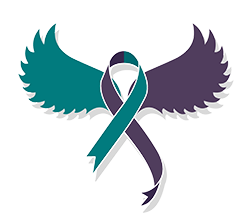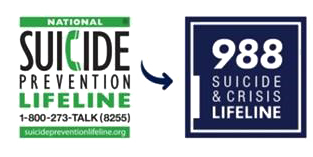The more warning signs, the greater the risk of suicide.

September is National Suicide Prevention Month.
Suicide Prevention Day is 10th of September.

Parents can do several things to help their teenager after a suicide attempt:
Suicide prevention: Here's how we can fight against a growing crisis (commercialappeal.com)
The Pew Charitable Trusts (pewtrusts.org) 2023
“People who talk about suicide won’t really do it.”
“If a person is determined to kill him/herself, nothing is going to stop him/her.”
“Talking about suicide may give someone the idea.”
“People who attempt suicide and do not complete suicide are just trying to get attention and are not really serious.”
Common Myths: The Parent Resource Program jasonfoundation.com
Know the signs. Don’t wait for a crisis. If people get help and support before an attempt, they rarely make a second attempt. Reduce access to lethal means. Acting on thoughts of suicide can be impulsive. Reducing access gives time to get help and save lives. Lock up all medications, firearms, and securely store the ammunition separately.
Talk openly, teach coping and problem-solving skills. It is paramount to also address feelings of grief, loss, and disruption. We need to nurture a compassionate community which provides a sense of safety, security, and belonging for all; encourage and model open communication; and create opportunities to talk and connect, especially for youth and young adults.
Know what questions to ask. Using a simple screening tool, (e.g., the —Columbia Suicide Severity Rating Scale), helps determine a person’s suicide risk level.
Media reporting. Responsible and safe media reporting on suicide deaths by not sensationalizing or glamorizing suicide will decrease the risk of contagion. Including stories of hope, help, and resilience can improve suicide prevention awareness in a community.

988 offers 24/7 access to trained crisis counselors who can help people experiencing mental health-related distress. That could be: thoughts of suicide, mental health or substance use crisis, or any other kind of emotional distress. People can call or text 988 or chat 988lifeline.org for themselves or if they are worried about a loved one who may need crisis support.
Suicide Prevention | nv.gov
What Foster Parents Can Do to Prevent Suicide | Welcome Educator (rutgers.edu)
Office of Suicide Prevention Training Programs | nv.gov
Increased Risk Groups | youth.gov
Nevada's Just in Time Training is a web based service program designed to connect foster parents, kinship or other caregivers with training, peer experts and other resources. Questions are answered and practical solutions to care for children are discussed - all from the comfort of your home or office.
If you have difficulty accessing any material on this site, please contact us in writing and we will work with you to make the information available. You can direct your request to JITSupport@USF.edu.